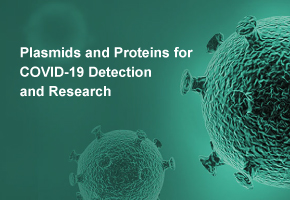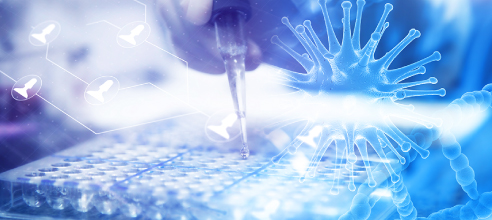What are the applications of nanotechnology?
Nanotechnology
Applications in:
Medicine
Researchers are developing
customized nanoparticles the size of molecules that can deliver drugs directly
to diseased cells in your body. When it's perfected, this method should
greatly reduce the damage treatment such as chemotherapy does to a patient's healthy
cells.
Electronics
Nanotechnology holds some
answers for how we might increase the capabilities of electronics devices while
we reduce their weight and power consumption.
Food
Nanotechnology is having an
impact on several aspects of food science, from how food is grown to how it is
packaged. Companies are developing nanomaterials that will make a difference
not only in the taste of food, but also in food safety, and the health benefits
that food delivers.
Fuel Cells
Nanotechnology is being used to reduce the cost of catalysts used in fuel cells to produce hydrogen ions from fuel such as methanol and to improve the efficiency of membranes used in fuel cells to separate hydrogen ions from other gases such as oxygen.
Solar Cells
Companies have developed
nanotech solar cells that can be manufactured at significantly lower cost than
conventional solar cells.
Batteries
Companies are currently
developing batteries using nanomaterials. One such battery will be a good as
new after sitting on the shelf for decades. Another battery can be
recharged significantly faster than conventional batteries.
Space
Nanotechnology may hold the
key to making space-flight more practical. Advancements in nanomaterials make
lightweight spacecraft and a cable for the space elevator possible. By
significantly reducing the amount of rocket fuel required, these advances could
lower the cost of reaching orbit and traveling in space.
Fuels
Nanotechnology can address
the shortage of fossil fuels such as diesel and gasoline by making the
production of fuels from low grade raw materials economical, increasing the
mileage of engines, and making the production of fuels from normal raw
materials more efficient.
Better Air
Quality
Nanotechnology can improve
the performance of catalysts used to transform vapors escaping from cars or
industrial plants into harmless gasses. That's because catalysts made from
nanoparticles have a greater surface area to interact with the reacting
chemicals than catalysts made from larger particles. The larger surface area
allows more chemicals to interact with the catalyst simultaneously, which makes
the catalyst more effective.
Better Water
Quality
Nanotechnology is being
used to develop solutions to three very different problems in water quality.
One challenge is the removal of industrial wastes, such as a cleaning solvent
called TCE, from groundwater. Nanoparticles can be used to convert the
contaminating chemical through a chemical reaction to make it harmless. Studies
have shown that this method can be used successfully to reach contaminates
dispersed in underground ponds and at much lower cost than methods which require
pumping the water out of the ground for treatment.
Chemical
Sensors
Nanotechnology can enable
sensors to detect very small amounts of chemical vapors. Various types of
detecting elements, such as carbon nanotubes, zinc oxide nanowires or palladium
nanoparticles can be used in nanotechnology-based sensors. Because of the small
size of nanotubes, nanowires, or nanoparticles, a few gas molecules are
sufficient to change the electrical properties of the sensing elements. This
allows the detection of a very low concentration of chemical vapors.
Sporting Goods
If you're a tennis or golf
fan, you'll be glad to hear that even sporting goods has wandered into the nano
realm. Current nanotechnology applications in the sports arena include
increasing the strength of tennis racquets, filling any imperfections in club
shaft materials and reducing the rate at which air leaks from tennis
balls.
Fabric
Making composite fabric with nano-sized particles or fibers allows improvement of fabric properties without a significant increase in weight, thickness, or stiffness as might have been the case with previously-used techniques.
Reference:
https://www.understandingnano.com/nanotech-applications.html
- Like (10)
- Reply
-
Share
About Us · User Accounts and Benefits · Privacy Policy · Management Center · FAQs
© 2025 MolecularCloud




